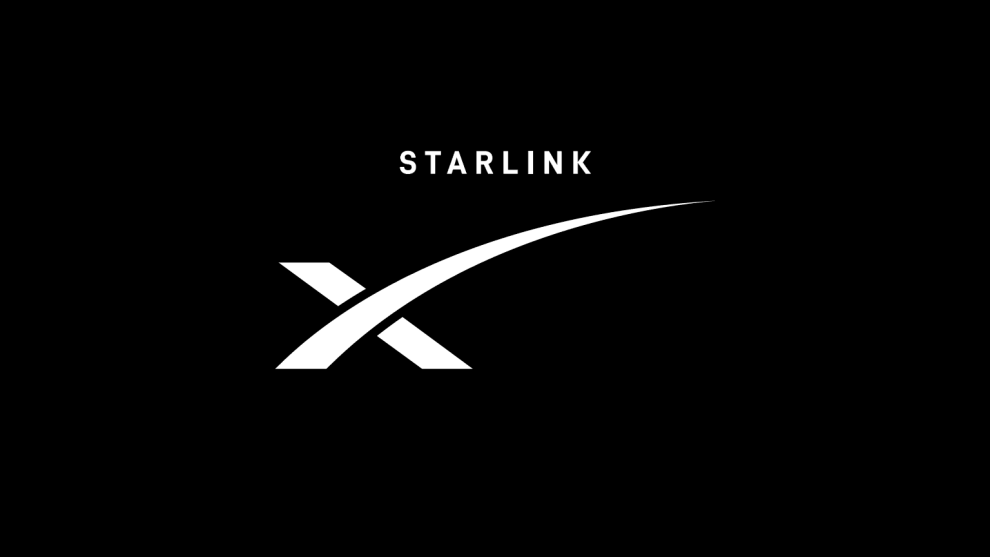Starlink’s Current Landscape
Starlink launched its initial public beta program in late 2020, offering internet access to remote and underserved areas. The basic Starlink plan currently boasts download speeds ranging from 25 Mbps to 220 Mbps, with latency between 20ms and 40ms – a significant improvement over traditional satellite internet options. However, these speeds are not guaranteed and can fluctuate based on network congestion and user location.
The Need for Speed: Introducing Premium+
The Starlink Premium+ tier directly addresses the limitations of the basic plan. Targeting users with bandwidth-intensive needs, it promises significantly faster download speeds – reportedly ranging from 150 Mbps to 500 Mbps. This caters to professionals working with large data files, online gamers requiring low latency, and households with multiple users streaming high-definition content.
Starlink Business Pro: Taking Connectivity to the Next Level
For Businesses requiring even more robust and reliable internet access, Starlink unveils its Business Pro plan. This tier promises dedicated bandwidth allocation, ensuring consistent download speeds exceeding 500 Mbps, potentially reaching gigabit levels (1 Gbps) in certain regions. Additionally, Business Pro subscribers will receive prioritized customer support and potentially, static IP addresses for secure and reliable business operations.
The Price of Premium
The exact pricing for the new Starlink tiers remains undisclosed. However, industry analysts speculate that Starlink Premium+ will likely cost significantly more than the current basic plan, potentially doubling or tripling the base price. The Starlink Business Pro plan is expected to carry a substantial premium, catering to companies willing to pay a hefty price for guaranteed high-speed internet access.
The Competition Heats Up
Starlink’s move comes as other LEO internet providers like OneWeb and Amazon’s Project Kuiper are rapidly deploying their constellations. These competitors also offer tiered subscription plans, potentially putting pressure on Starlink’s pricing strategy. However, Starlink boasts a significant head start with a larger constellation currently in operation, providing wider coverage and potentially more reliable service.
The Impact on Rural Users
While the new premium tiers cater to high-bandwidth users, concerns linger about the potential impact on Starlink’s core mission – providing internet access to underserved rural communities. Experts warn that a significant price increase for the basic plan could unintentionally exclude these users, who may not be able to afford the premium options.
Musk’s Vision: Balancing Profitability and Public Good
Elon Musk has publicly stated that Starlink’s revenue will ultimately fund SpaceX’s ambitious goals, including the colonization of Mars. However, he has also emphasized Starlink’s commitment to bridging the digital divide and providing internet access to remote areas. Striking a balance between generating revenue through premium plans and maintaining affordability for rural users will be crucial for Starlink’s long-term success.
The Future of LEO Internet
The launch of Starlink’s premium tiers marks a significant development in the LEO internet market. It signifies a growing focus on catering to diverse customer needs and potentially raises the bar for internet speeds offered through satellite constellations. However, questions remain about the affordability of basic plans and the impact on the digital divide. As competition intensifies, innovation and focus on both user experience and affordability will be key for Starlink and its competitors to thrive in the dynamic LEO internet landscape.
















Add Comment